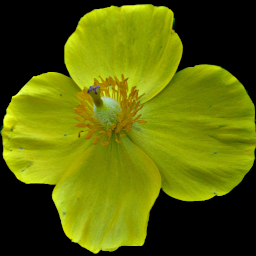 A very close view of the delicately fringed flowers. This plant grew in the Squaw Run valley, where it was blooming in early May. A general view of the entire plant is here.
A very close view of the delicately fringed flowers. This plant grew in the Squaw Run valley, where it was blooming in early May. A general view of the entire plant is here.
Gray describes the genus and the species:
MITELLA [Tourn.] L. MITERWORT, BISHOP’S CAP. Calyx short, adherent to the base of the ovary, 6-cleft. Petals 5, slender. Stamens 5 or 10, included. Styles 2, very short. Capsule short, 2-beaked, 1-celled, with 2 parietal or rather basal several-seeded placentae, 2-valved at the summit. Seeds smooth and shining. Low and slender perennials, with round heart-shaped alternate slender-petioled leaves on the rootstock or runners, and naked or 2-few-leaved flowering steins. Flowers small, in a simple slender raceme or spike. Fruit soon widely dehiscent. (Diminutive of mitra, a cap, alluding to the form of the young pod.)
M. diphylla L. Hairy; leaves heart-shaped, acute, somewhat 3-5-lobed, toothed, those on the many-flowered stem 2, opposite, nearly sessile, with interfoliar stipules; flowers white, in a raceme (1.5-2 dm. long); stamens 10. Rich woods, Que. and N. E. to N. C., w. to Minn., Ia., and Mo. May.







